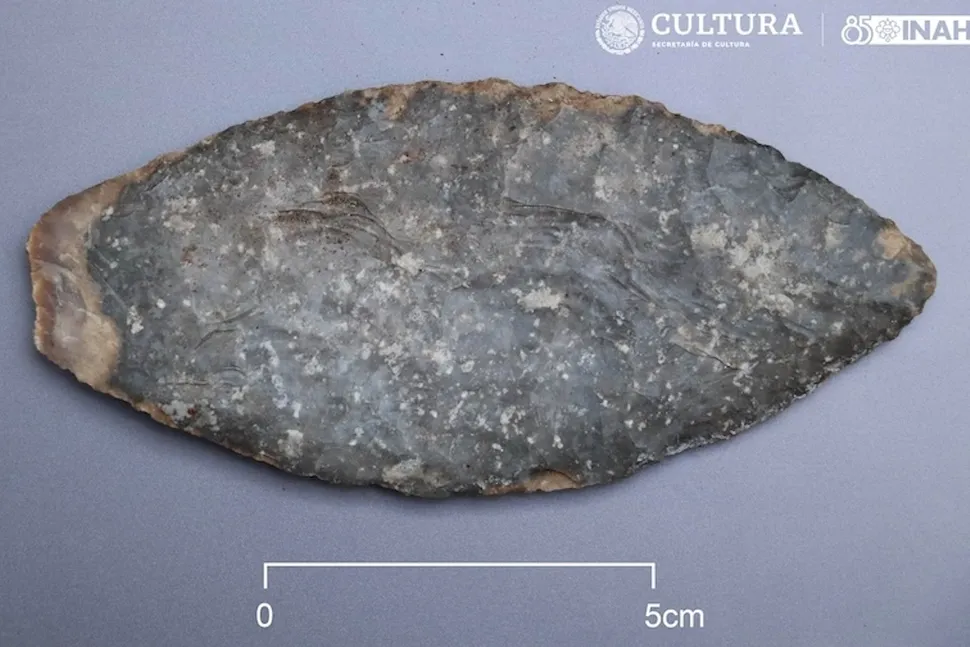
In Campeche, Mexico, researchers have discovered a subterranean building below a Maya sports court, along with ritual objects placed atop a Maya temple at a separate location.
Researchers in Mexico have found an enigmatic underground building with decorated walls that was concealed beneath a Maya game court.
While digging up the ball court, the team discovered the building that served as the playing area for the ceremonial ball game commonly played by the Maya and other Mesoamerican civilizations.
Ivan Šprajc, an archeologist from the Institute of Anthropological and Spatial Studies in Slovenia and the excavation’s director, stated that they found components of a previous structure with painted walls. However, only additional excavations will unveil the layout of the previous building and its purpose.
The discovery is considered to be significant as ball courts are typically only found at important Maya sites that served as hubs of regional political power, according to Šprajc. The structure, possibly from the Early Classic period, is covered in painted stucco, as stated by Mexico’s National Institute of Anthropology and History.
Before, Scrajc and his team used lidar technology to conduct a thorough survey of a vast region in the Maya Lowlands in Campeche, Mexico. Lidar involves sending numerous laser pulses from an aircraft, which then reflect off the ground and are captured back by the aircraft, enabling the researchers to create detailed maps of the terrain.
“We have come across multiple ancient Maya communities, containing the remains of homes and temple pyramids,” Šprajc stated. In 2023, the team discovered Ocomtún, a forgotten Maya city with numerous large pyramids dating back to the Maya Classic era (around A.D. 200 to 900). This newly found site is located in a previously uncharted region to the south of Ocomtún, he explained.
Furthermore, the team found a different location with a plaza, a pyramid that stands at 52 feet (16 meters) tall, and a rectangular reservoir of water. The archaeologists uncovered various offerings on top of the pyramid, including ceramic vessels, a possibly armadillo leg made of ceramic, and a chert knife or spear point.
These items were placed on the temple during the Late Postclassic period, between 1250 and 1524, as mentioned by Šprajc.
During the Late Postclassic period, the central Maya Lowlands were already experiencing political turmoil. However, individuals continued to live in the area following a crisis in the 9th and 10th centuries that led to a significant decline in population due to factors such as overpopulation, soil degradation, climate change (extended periods of drought), and destructive warfare.
According to Šprajc, the offerings show that despite many Maya settlements being deserted during the Classic period, small and impoverished groups of people were still wandering around and leaving offerings near or on the structures of their ancestors.
